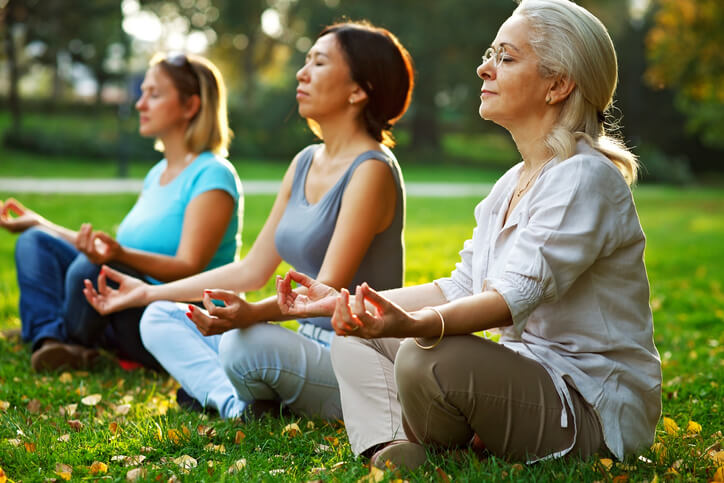Meditation. What is it per se? Well…to be quite honest with you, there are many ways we define meditation, whether it be spiritually or individually, scientifically, etc. But don’t fret, we found the definition from a scholarly article that gives us a mix of definitions from a scientific, and Western standpoint of the definition. The definition of the article follows:
“Walsh and Shapiro (2006) characterize meditation as… a group of self-regulatory techniques focused on maintaining attention and awareness…the main goal is to achieve a greater rate of well-being, serenity, and concentration through the enhancement of control over spiritual processes.
Walsh and Shapiro (2006) suggest a classification of meditation according (1) to its area of interest: there are techniques, which primarily focus on a single object, such as breath or sounds. They are known as concentration meditations… Another type is represented by meditation, which aspires to gain open attention, containing more objects at once or selected in a consecutive order. This type is called awareness or open meditation…(2) This classification is consistent with the categories proposed by Lutz et al. (2008), who speaks about openly monitoring meditation (open monitoring, OM) and meditation with focused attention (focused attention, FA)…(3) While some practices focus on supporting a general mental development and the state of well-being, others concentrate primarily on the growth of specific mental qualities, such as concentration, love, or wisdom…”
Phew! A lot to unpack here! Let’s take it bit by bit. In the first paragraph, they mentioned the definition of meditation being multiple “self-regulatory techniques” basically saying that it is more of an internal practice rather than external. Simply being able to be more in tune with your thoughts and emotions is what meditation is all about! The second paragraph discusses the different types of meditation practices you can do. One of them is focusing on objects, like your breathing or your heartbeat, and feeling your hands and parts of your body. Another technique they touch on is “openly monitoring” meditation, which is meditation where you have focused attention, which can be to an inanimate object or a nice view. This is essentially anything you can look at with all of your attention for a prolonged period of time! Meditation is a great way to practice mindfulness and concentration. It assists in the improvement of many cognitive functions like increased focus, improved memory, improved attention, and a plethora of other things!





